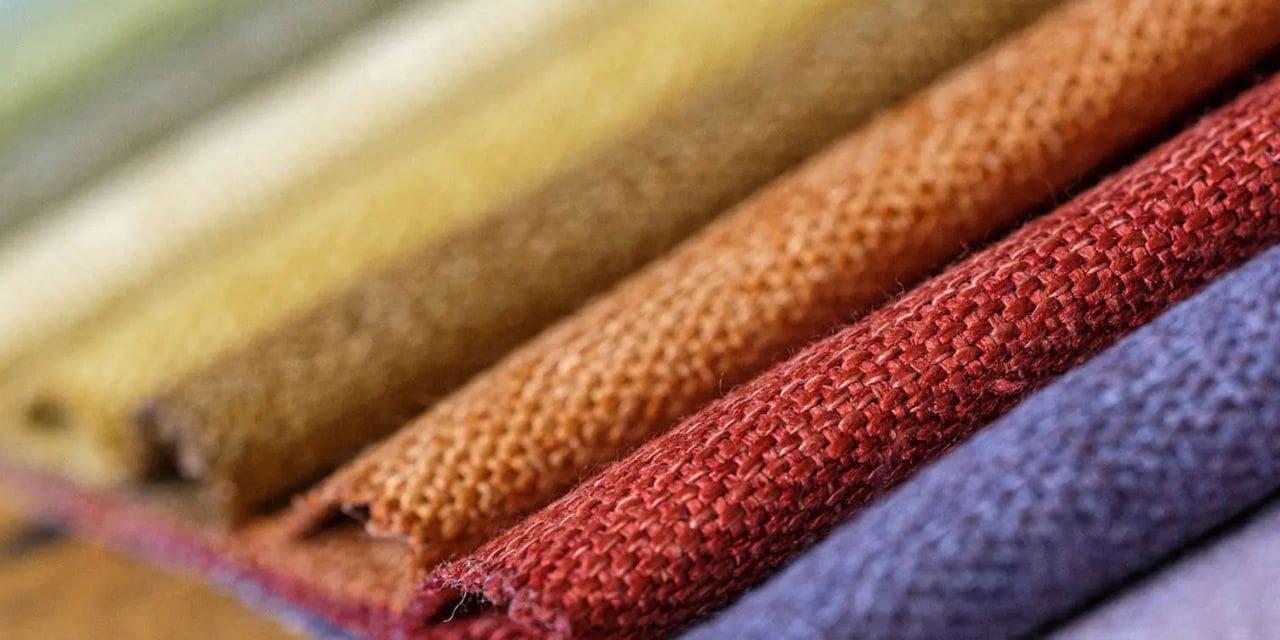By: Hrushikesh Takbhate
Enzymes are increasingly being used in the textile industry to achieve sustainable and eco-friendly production processes. These biocatalysts offer a greener alternative to traditional chemical-based processes, providing benefits such as reduced water consumption, energy savings, and lower environmental impact. In this article, we will explore the use of enzymes in textiles, their sourcing, new developments, and Industrial overview enzyme usage.
What are Enzymes?
Enzymes are proteins that act as biological catalysts by accelerating chemical reactions. The molecules upon which enzymes may act are called substrates, and the enzyme converts the substrates into different molecules known as products. Almost all metabolic processes in the cell need enzyme catalysis in order to occur at rates fast enough to sustain life. Metabolic pathways depend upon enzymes to catalyse individual steps.
Use in Textile Industry:
Enzymes are widely used in the textile industry for various applications including desizing, bio-polishing, enzymatic bleaching, bio scouring, and denim finishing. Enzymes are protein-based catalysts that accelerate the rate of chemical reactions without undergoing any change themselves. The enzyme preparations commonly used in textile printing and dyeing include cellulase, amylase, pectinase, lipase, peroxidase, and lactase/glucose oxidase.
Amylases, catalases, and lactases are also commonly used in the textile industry. For instance, amylase is a desizing enzyme that breaks down the starch-based sizing on cotton fabrics, making them more receptive to dyes and other finishing agents.
Researchers have also used a cocktail of enzymes to separate blends of cotton and polyester, which could increase recycling and reduce textile waste. The enzyme-based process chops up the cellulose in cotton, making it “fall out” of the blended woven structure and leaving some tiny cotton fibre fragments and glucose behind.
Enzymes used in the textile industry are considered to be a new type of green, efficient, and energy-saving processing process that has a wide range of application prospects in the fields of textiles, leather, and sewage treatment. However, the use of chemicals and acids in the textile industry can pose serious health hazards and environmental concerns. Therefore, the development of innovative enzyme-based technologies could help accelerate the textile industry towards a greener future
Sourcing of Enzymes:
Textile enzymes can be sourced from various natural sources, including plants, animals, and microorganisms. However, most of the enzymes used in the textile industry are produced using recombinant DNA technology, allowing for the production of large quantities of enzymes with specific properties.
New Developments:
New developments in enzyme technology are focused on creating enzymes that can break down synthetic fibres, such as polyester. Researchers at the University of Portsmouth’s Centre for Enzyme Innovation are using their enzyme technology to help combat polyester textiles in clothing waste. At North Carolina State University, researchers have separated blended cotton and polyester using enzymes in a potential breakthrough, which they hope could increase recycling and reduce textile waste. Additionally, French biotech start-up Pili is working to develop plant-based dyes and pigments for the textile industry using enzymes
Industry Overview on Use of Enzymes:
One company that is heavily involved in the research and development of enzymes for various industrial applications, including textiles, is Advanced Enzyme Technologies Limited .This company develops and markets over 400 products based on more than 68 indigenous enzymes and probiotics, and its enzymes are used in various textile processing applications, such as bio-polishing, de-sizing, enzymatic bleaching, and bio-scouring
Several companies are investing in enzyme technology for use in the textile industry. Novozymes, a Danish company, is a world leader in industrial enzymes and offers a range of enzymes for textile processing. Other companies include DuPont, Genencor, and DSM.
DuPont has developed a modified DuPont Model for analysing an enterprise’s operating decisions, which includes the use of enzymes in the form of textile enzymes. These enzymes can be used in the processing of textiles, leather, and sewage, and are a green, efficient, and energy-saving processing process with a wide range of application prospects in the field of textiles.
Genencor, a subsidiary of International Flavors & Fragrances (IFF), is a producer of industrial enzymes that are used in various applications, including textile production. The company produces low-priced bulk protein and textile enzymes that can be used in the processing of textiles.
DSM is a global science-based company that produces a range of enzymes for various applications, including textile production. The company’s alcohol enzymes are used in the production of ethanol, a biofuel that can be used as a sustainable alternative to fossil fuels. DSM’s enzymes can also be used in the processing of textiles to improve their quality and reduce waste.
Future of Enzymes:
The Global Textile Enzymes Market is forecasted to grow significantly by 2030, with a focus on leading players and their business strategies. The biggest enzyme companies are currently located in the area, and yeast enzyme sales are increasing due to a growing need for enzymes in textile processing.
Textile enzymes target cellulose and cellulose-like compounds, which are key structural components in plant cell walls. By targeting these compounds, enzymes can assist in various stages of textile manufacturing, from desizing to biodegradability and fibre separation. Innovations in enzyme use in the textile industry can help accelerate the industry toward a greener future, with a focus on reducing the environmental impact caused by manufacturing processes.

